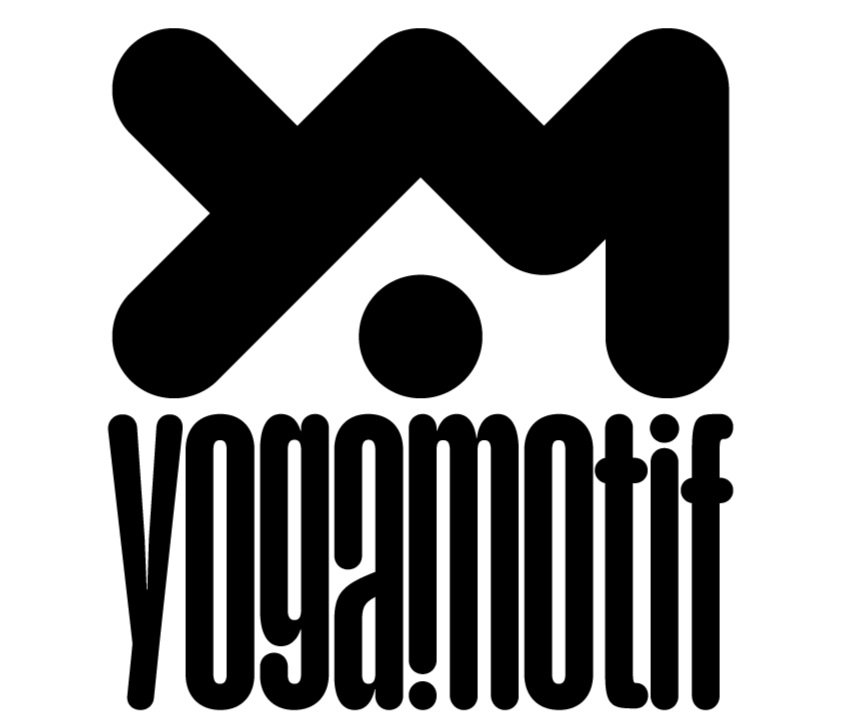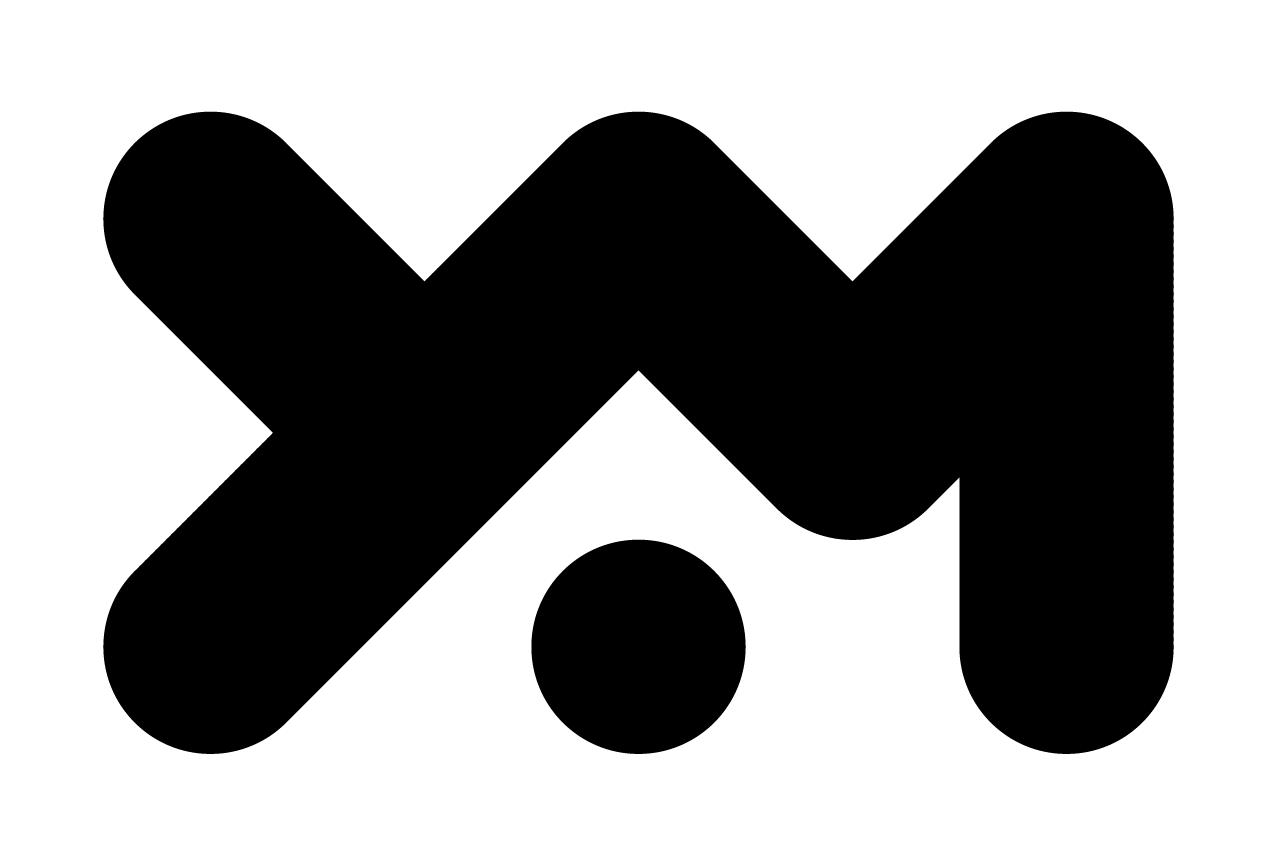Five Phases of Creativity: Reflections on a Public Art Process.
Interior view of Rooted Momentum. Credit: Hannah Colen
This summer, I took a shift more deeply into my creative practice, as my first public art project, Rooted Momentum, came to life. For reference, Rooted Momentum is a mixed media ceramic tile mural that considers how community centers are fertile spaces for collaboration, creativity, and liberatory endeavors. In this public art project, the Larimer landscape, communal archive, and collective voice are centered throughout a bright tile and acrylic paint composition that expands across over 1,000 tiles on the exterior and interior walls of the Steel City Squash center.
I often talk about how creating art is like creating life—and I feel like this summer I carried a 1,600 square-foot art baby to full term.
For those who may not know (as if I’m not doing enough), I’m also a PhD student studying the relationship between creative practices and well-being. So this summer, I was inspired to dive deeper into the creative process and read Mihaly Csikszentmihalyi’s book, Creativity: The Psychology of Discovery and Invention. His words sparked reflection on how the creative process overlapped with my experience during this massive undertaking. As he summarized the creative process through five overarching steps—(1) preparation, (2) incubation, (3) insight, (4) evaluation, and (5) elaboration—I found myself reflecting on how these phases showed up for me tool.
Preparation is becoming initially immersed in a problem you're trying to solve. I think of this as the inspiration or circumstances that create the initial budding urge to make something new. For Rooted Momentum, this came as a call for proposals, and in my case, the preparation occurred within a formal process of problem-solving with a committee to create the final design.
Csikszentmihalyi defined incubation best, saying, “It is during this time that unusual connections are likely to be made. When we intend to solve a problem consciously, we process information in a linear logical fashion. But when ideas call to each other on their own, without our leading them down a straight and narrow path, unexpected combinations may come into”
I think of this as the space and time during meditations, long walks, showers, vacations, or moments of zoning out. Incubation occurred throughout this process, from conception through the final install—sitting with myself, even dreaming, allowing complex problems to be solved during times of rest.
The third phase, insight, is described as the “aha!” moment. It’s the magical moment when something falls into place, and an answer is revealed. This can happen throughout the creative process—like during incubation, when a moment of stillness unveils a key to a puzzle you’ve been grappling with for weeks. This summer, insights came along the entire journey. From techniques that made each tile more structurally sound to production routines that simplified the process, new solutions constantly bubbled to the surface.
During the evaluation phase, a decision must be made about whether or not an insight is good and worth using. During the project, this manifested through plenty of trial and error—testing new techniques and ensuring the final piece reflected the original design.
And finally, the fifth phase, elaboration, is the most time-consuming. After everything has been tested, it’s time to follow through. This project’s inception began in the winter and wrapped up in early fall. Once the final tile-making process was determined, we spent about two months in production mode—rolling, carving, painting, and firing tiles.
Although the process was written linearly, in reality, it was mostly iterative. We toggled between insight and elaboration, then back to incubation, to ensure the work was done well. Working with a team of incredible artists and volunteers through this creative endeavor gave me the opportunity to truly understand what it means to create in community. Each person played a vital role, taking shifts, and supporting every part of the process—it was like watching a new being grow into the fullness of itself. The process couldn’t have gone any faster or slower than what was required. Like birthing a baby. Eventually, I was about to soften into this process, and allowed the creative process to unfold naturally as it became my most significant point of healing.


